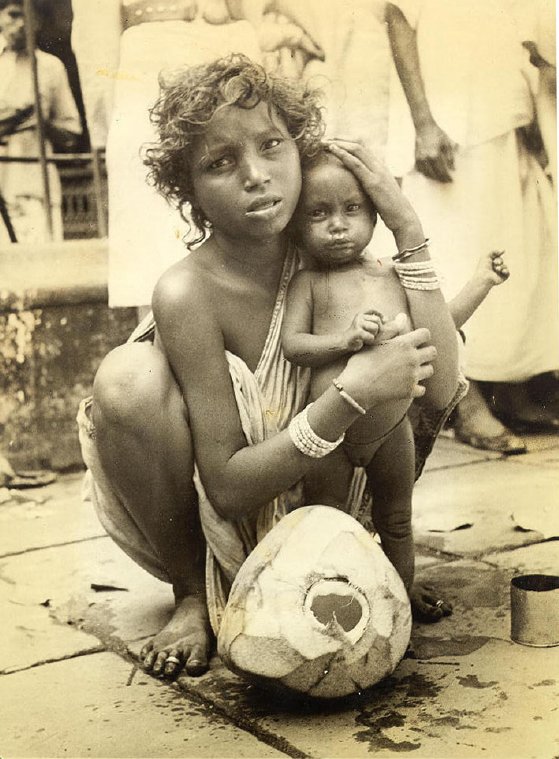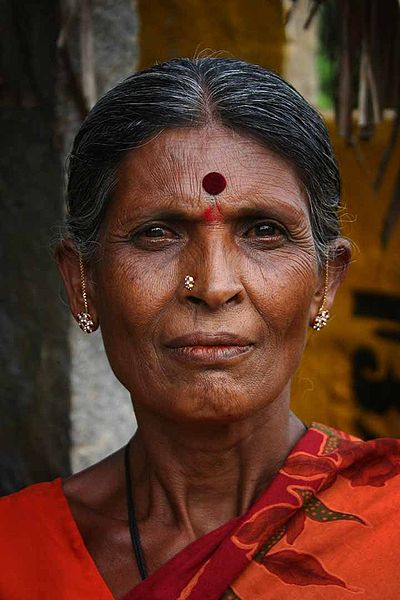NEW YORK - The second report ever released by the United Nations on protecting LGBT rights was published today by the U.N. Office of the High Commissioner for Human Rights (OHCHR). The report outlines steps for governments to take in stopping LGBT discrimination.
There are 80 countries in the world today that criminalize consensual same-sex relations. The punishments vary, including prison sentences, torture, and the death penalty.
The report represents the gradual progress being made by governments in protecting LGBT people around the world. Since the first report released in 2011, 14 countries have adopted or strengthened laws that protect LGBT rights. These changes often extended protection of sexual orientation, gender identity and introduced legal protections for intersex persons.
But it is clear that the progress is overshadowed by abuse. The report states that “since 2011, hundreds of people have been killed and thousands more injured in brutal, violent attacks” because of their LGBT identity.
This violence is in part fueled by anti-LGBT rhetoric issued by regional, national, and international leaders.
In May the president of Gambia, Yahya Jammeh at a rally said that he would “slit the throats of gay men” in the West African nation. In 2014, the president of Uganda, Yoweri Museveni, said that gay people were “disgusting” after being asked if he personally disliked homosexuals in a BBC interview.
Even in 2012, the Nobel peace prize winner and president of Liberia, Ellen Johnson Sirleaf, defended the current law that criminalizes homosexual acts by saying, “We like ourselves just the way we are.”
Although these leaders have not changed their opinion on supporting legislation that criminalizes LGBT persons, the UN report published today is meant to outline international obligations that leaders like these have in protecting their LGBT citizens.
The report outlined five standards and obligations that every state has in protecting the human rights of LGBT persons.
The report calls on countries to protect LGBT individuals from violence, torture and ill-treatment. This includes condemning “conversion” therapy for LGBT persons, forced and otherwise involuntary sterilization and treatment performed on intersex children.
The report also demands states to “decriminalize homosexuality and to repeal other laws used to punish individuals on the basis of sexual orientation and gender identity.”
States also have the “obligation to address discrimination against children and young persons who identify or are perceived as LGBT or intersex.” This means that states are obligated to protect children in schools from harassment, bullying, and in addition to protecting all LGBT people from lack of access to health information and services.
The report also outlined the obligation that countries have to “protect the rights to freedom of expression, association and assembly and to take part in the conduct of public affairs.” This means that states must protect the rights of LGBT persons and LGBT allies to assemble and advocate for their rights.
In much of the world these standards and obligations are not followed and support for LGBT rights is often cited as a western construct meant to destroy autonomy and “traditional cultural values” that exist in sovereign nations.
However the United Nations has made it clear once again that this view is not acceptable.
The report states that “All human beings, irrespective of their sexual orientation and gender identity, are entitled to enjoy the protection of international human rights law.”
Contributing Editor: @AustinBryan
LinkedIn: Austin Drake Bryan




































